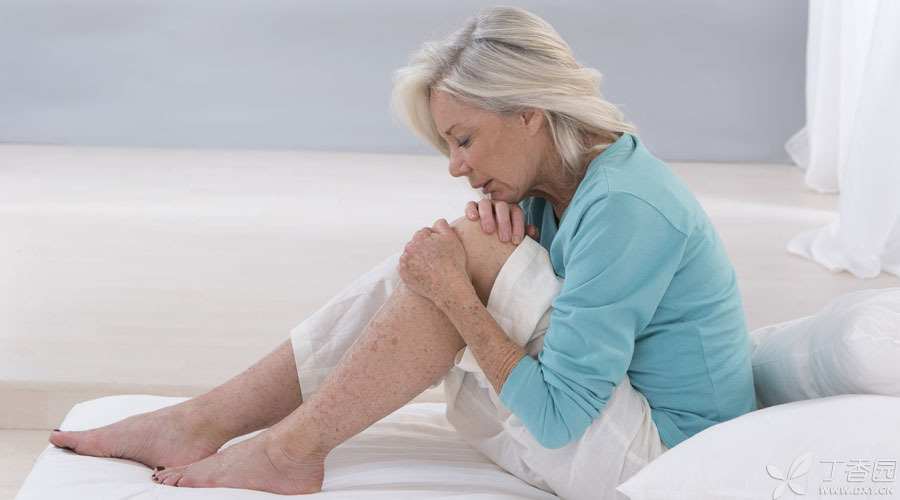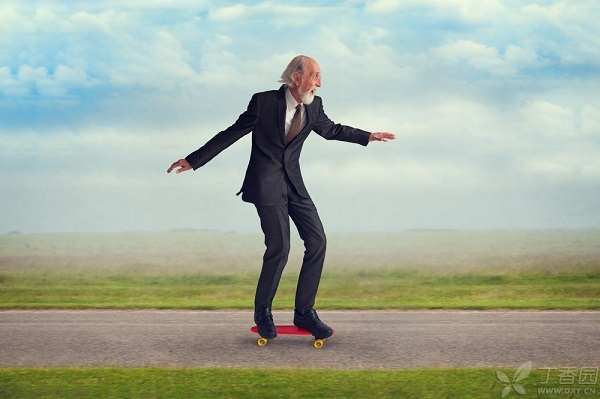
Many middle-aged and elderly people will feel knee joint pain, especially it is very inconvenient to go upstairs and downstairs, buy vegetables, do housework, take a walk, go to the toilet, etc. Women also dare not wear high heels.
Most of this is due to osteoarthritis.
Is what osteoarthritis?
Osteoarthritis is also called osteoarthritis. Hyperosteogeny in the common people’s mouth is also one of the manifestations of arthritis. Middle-aged and elderly people, especially women, are more common.
The specific causes of the disease have not been fully explained. Obesity, heavy physical activity, excessive exercise, inappropriate exercise, advanced age and genetic factors are all risk factors for the disease.
Many joints of the whole body can be involved, mainly knee joint, hip joint, finger joint, shoulder joint and spinal joint. In our country, knee osteoarthritis is the most common.
Why does the knee hurt?
At the contact surface of the two bones, a layer of cartilage protects the joint.
After decades of operation, this machine of the human body has worn out some cartilage in the joint. Cartilage is different from bone. Once cartilage is worn out, it is difficult to regenerate, while bone can regenerate. Even if an elderly person in his nineties falls and breaks, he can grow again.
Without the protection of cartilage, when walking, the bone grinds the bone, and the outermost periosteum of the bone and the surrounding synovium are rich in nerves, so it is very painful. In the long run, the knee joint will deform into an O-shaped leg or an X-shaped leg.

Specific manifestations of knee [pain]:
1. Some people show persistent blunt pain in the knee joint, some have swelling of the joint, and some show sudden severe pain during activities, resulting in [soft legs].
2. Joint pain is generally aggravated after more activities and relieved after rest.
3. Arthralgia is initially paroxysmal, usually after catching cold, overwork or slight sprain. Some people only commit it once a year or two at first. As the disease progresses, the attack becomes more and more frequent and eventually becomes persistent pain.
4. If the joint remains stationary in a certain position for a long time, for example, after sitting for a few hours, the joint feels stiff when starting to get up and move, and the joint feels frozen or stuck, accompanied by pain, this [sticky feeling] will disappear after a short period of activity.
5. At the same time, most people also have difficulty squatting. Joint deformation will occur over the years, with [O-leg] being the most common.
How to treat osteoarthritis?
1. Early conservative treatment
Early osteoarthritis should be treated conservatively, which can effectively relieve symptoms and delay the development of the disease.
First of all, pay attention to the protection of articular cartilage, try to avoid intense, excessive and weight-bearing activities, such as repeated squatting, climbing stairs, walking long distances, lifting heavy objects, climbing mountains, etc. Obese people should control their weight.
At the same time, strengthen the muscle strength around the joints: for example, lie flat on the bed to practice leg lifting, straighten the legs, hook the feet, raise one leg to about 45 to 60 (about 40 to 50 centimeters from the bed surface), stick to it for 10 to 15 seconds and then put it down, alternate the legs, do 3 to 4 at a time, and do it several times a day in the morning and evening, so as to strengthen the strength of quadriceps femoris.
If joint pain is obvious, anti-inflammatory and analgesic drugs can be taken orally, topically applied or injected into joint cavity. If joint swelling is obvious, high-frequency physical therapy can be carried out.
However, if osteoarthritis reaches an advanced stage and cartilage wear is very serious, conservative treatment is difficult to work again. If you want to relieve the pain, the only way is surgery.
2. Knee replacement
This kind of operation is called knee arthroplasty, which is commonly known as knee arthroplasty. Simply put, it is to remove the broken layer of cartilage thinly and replace it with an artificial one, with a wear-resistant gasket made of special plastic in the middle.
For example, suppose there is a table and the table top becomes potholed, we don’t need to throw away the whole table and replace it with a new one, but we need to remove the broken table top and replace it with a new table top, leaving the rest intact.
Some patients have special conditions, and only one articular cartilage is seriously worn. At this time, we can choose unicondylar surface plasty to obtain the same effect with less trauma.

Several Common Questions in Knee Arthroplasty
1. How long does it take to be hospitalized and can you move like a normal person after the operation?
Generally speaking, knee arthroplasty needs to be hospitalized for 5 to 7 days after surgery. After two or three days, you can go to the ground to walk and go to the toilet. After two or three months of rehabilitation training, you are basically the same as normal people. Upstairs and downstairs, doing housework, walking, cycling, swimming, dancing, traveling and so on have no problem, which can completely meet the activities requirements of the middle-aged and the elderly.
2. Is knee arthroplasty risky?
As long as the operation technique passes, there is no infection after the operation and scientific and effective rehabilitation training is carried out, the operation effect is very good.
At the same time, the risk of surgery is also closely related to the patient’s own physical conditions. Hypertension, diabetes and coronary heart disease can tolerate surgery as long as they are well controlled.
How long can artificial joints take?
As long as it is not infected or broken, it can be used for more than 15-20 years. According to literature reports, some have been used for more than 40 years at the longest.
Due to the limitation of the service life of prostheses, young people should be particularly cautious in performing this operation. However, for the elderly suffering from severe osteoarthritis, it is very painful to suffer from pain in ordinary life. The earlier the operation is performed, the earlier they will enjoy good fortune. Many elderly people have greatly improved their quality of life after surgery, and the younger they live.
Responsible Editor: Haitang
